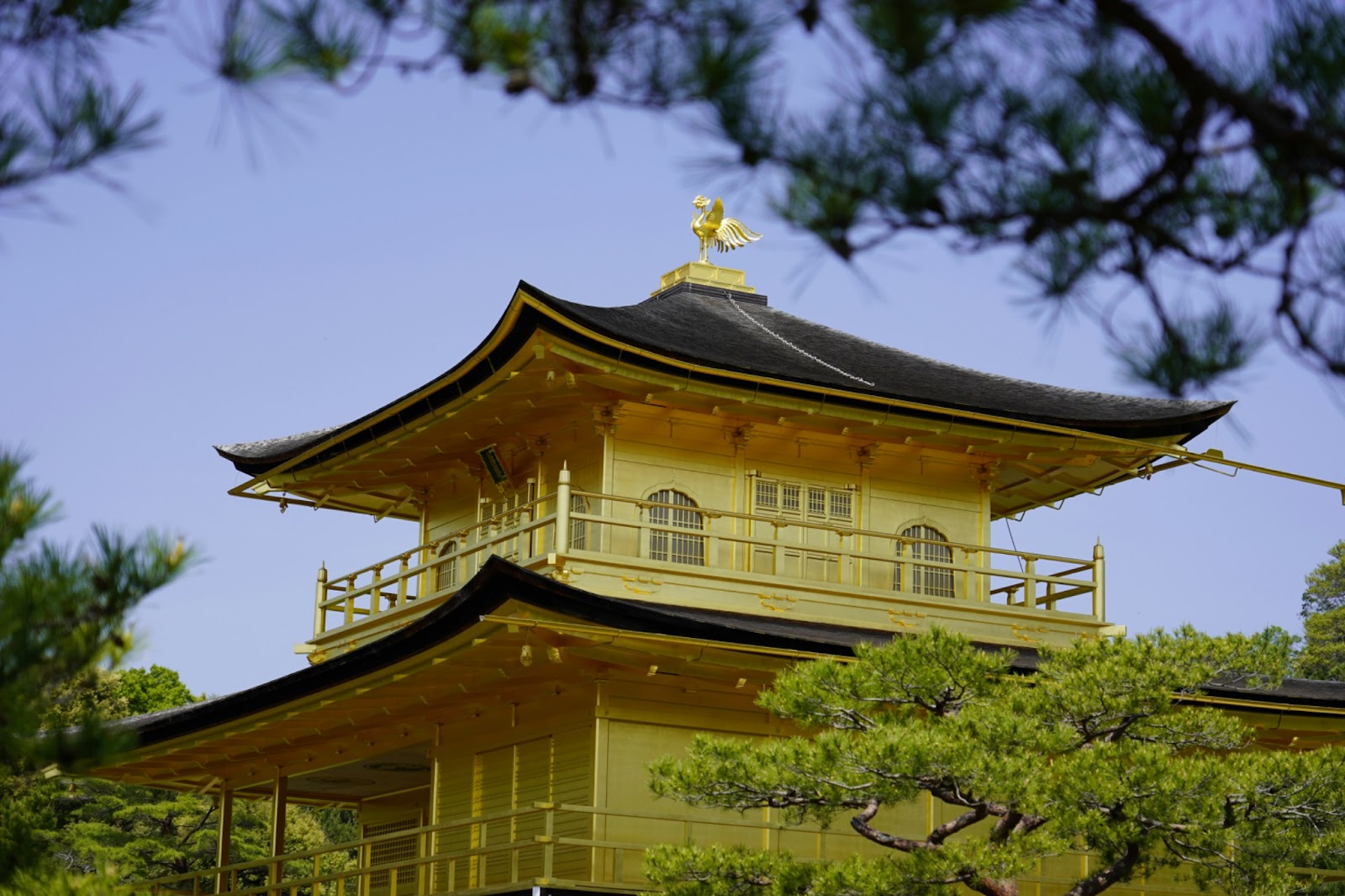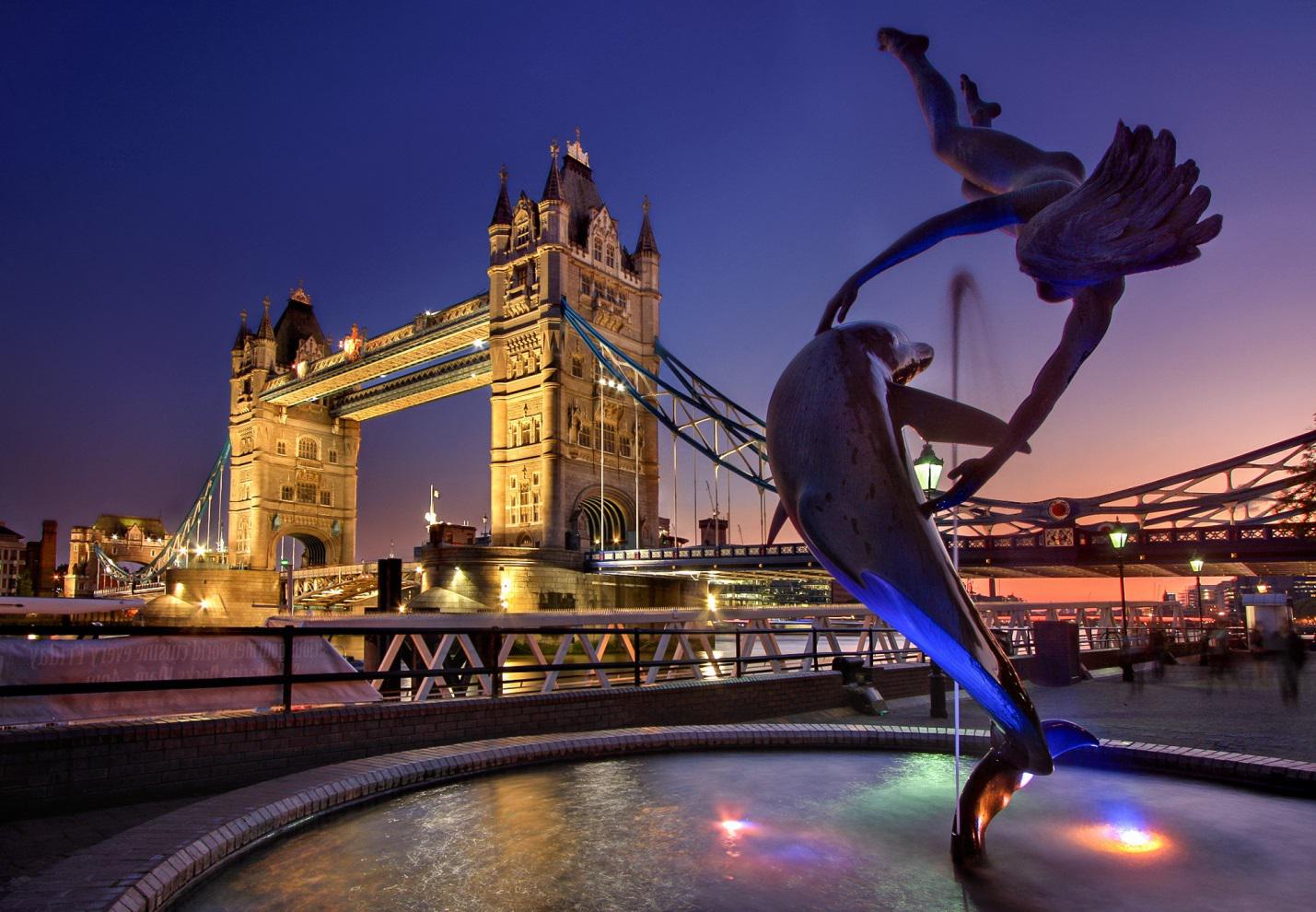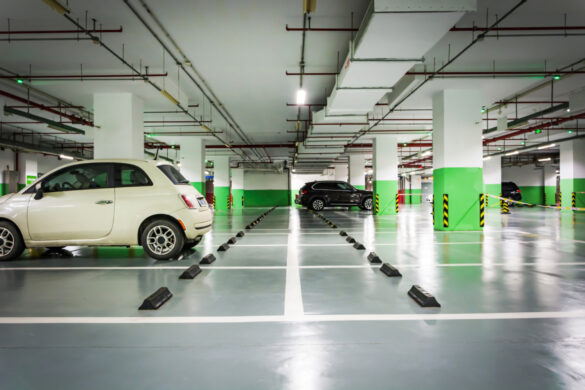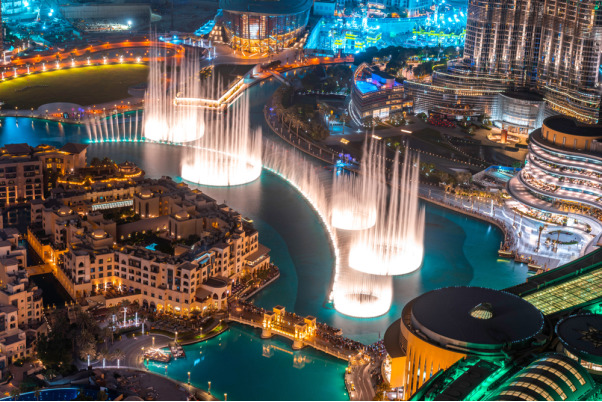Japan is a country where opposites sit side by side and somehow make perfect sense. It’s where a geisha in a silk kimono might walk past a glowing vending machine, and where centuries-old shrines are tucked quietly between skyscrapers. Nowhere is this duality more striking than in the journey between Kyoto and Tokyo—two cities that couldn’t feel more different, yet together reveal the essence of Japan. Kyoto holds onto the old soul of the nation, while Tokyo races ahead into the future. Travelling between them is more than just movement across a map; it’s an emotional journey from calm to chaos, from lantern light to neon glow.
Kyoto: Where Time Moves Slowly
Kyoto feels like a city that breathes differently—slower, quieter, softer. If you’re lucky, you’ll spot a geisha or maiko, their presence so fleeting it almost feels imagined—the whisper of silk against cobblestones, a face painted like porcelain, a bow of quiet acknowledgement before they vanish into a doorway.
Temples and gardens are woven into the fabric of the city. At Kiyomizu-dera, balconies stretch out above the hillside, framing views that seem painted in watercolour. The Golden Pavilion glitters across a still pond, reflected so perfectly it feels dreamlike. In Arashiyama, bamboo stalks tower above you like green cathedrals, their rustle turning the air into music.
And then comes the moment you leave. The Kyoto to Tokyo train, Japan’s famous bullet train, carries you away at astonishing speed. Yet through the windows, the country unfolds gently: snowy peaks, tidy villages, fields of rice stretching to the horizon. If the weather is clear, Mount Fuji appears like a silent guardian, rising so suddenly it takes your breath away. It’s a journey that feels like turning the pages of a book too beautiful to rush.
Tokyo: The City That Never Sleeps
Arriving in Tokyo is like walking into another universe. Shibuya Crossing pulls you into its current as hundreds of people surge in every direction, screens flashing overhead like giant storyboards. This is where modern Japanese culture bursts into the open. In Akihabara, arcades glow with colour, anime shops spill into the streets, and cafés welcome fans into worlds of imagination. Harajuku, meanwhile, brims with creativity—fashion as bold as art, where individuality is celebrated on every corner. Tokyo feels alive with possibility, always reinventing itself, always in motion.
And yet, between the skyscrapers and flashing signs, you stumble into peace. A shrine tucked between towers, where incense drifts lazily into the air. A garden in the heart of the city, where cherry blossoms fall like confetti. Tokyo isn’t only about chaos—it’s about balance, and knowing how to weave quiet moments into the rhythm of daily life.
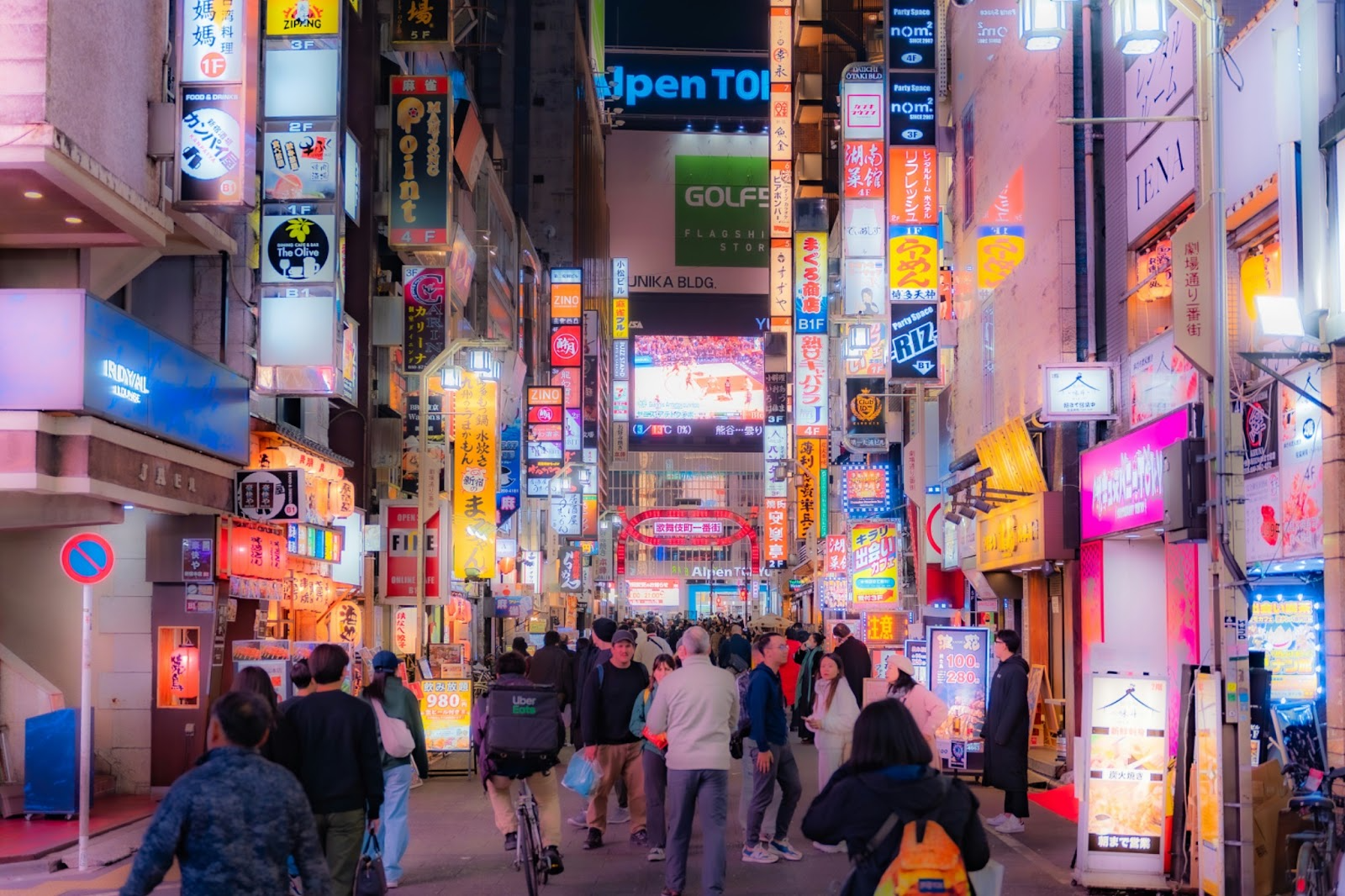
Through Japan by Train: More Than a Journey
One of the most striking things about Japan is how the travel itself becomes part of the experience. Japan Trains aren’t just efficient—they’re deeply human. Step inside a carriage and you’ll notice the calm: commuters reading, travellers unwrapping bento boxes, the soft sound of the train gliding over tracks. The stillness inside contrasts beautifully with the ever-changing views outside.
Each journey feels like a window into the country. Through the glass, you see schoolchildren cycling past rice fields, fishermen by frozen rivers, skyscrapers giving way to quiet suburbs. It’s a reminder that Japan is more than its famous cities—it’s the lives lived in between them.
The Dance Between Past and Future
Kyoto and Tokyo may seem like polar opposites, but together they reveal the story of Japan’s heart. Kyoto guards the rituals and traditions that anchor the culture: tea ceremonies, festivals, gardens that follow the seasons. Tokyo, meanwhile, pushes forward, creating new art, new fashions, and new ways of living.
The beauty lies in their coexistence. In Kyoto, you’ll find sleek cafés hidden beside centuries-old shrines. In Tokyo, ancient temples sit quietly in the shadows of neon-lit skyscrapers. Japan doesn’t simply choose between its past and future—it embraces both, creating a cultural rhythm that feels both timeless and forward-looking.
Conclusion: Lanterns and Neon
To wander Kyoto’s geisha districts is to step into living history, a place where elegance and ritual endure. To cross into Tokyo’s anime streets is to tumble headfirst into creativity and colour, where imagination has no limits. And the journey between them, swift and smooth, binds these worlds together like a thread of steel and light.
What stays with you long after aren’t just the famous sights, but the feelings. The hush of bamboo groves. The sudden thrill of Mount Fuji appearing from a train window. The roar of Shibuya at night, contrasted with the quiet drip of incense in a city shrine. These are the textures of Japan—the moments that make you stop, smile, and feel part of something bigger.
The pathway from Kyoto to Tokyo is more than a route—it’s a cultural symphony. Paper lanterns glowing in the night, neon blazing against glass towers, the steady rhythm of a train carrying you across mountains and plains. Old and new, past and future, tradition and invention: all stitched together into one unforgettable journey.
